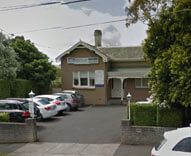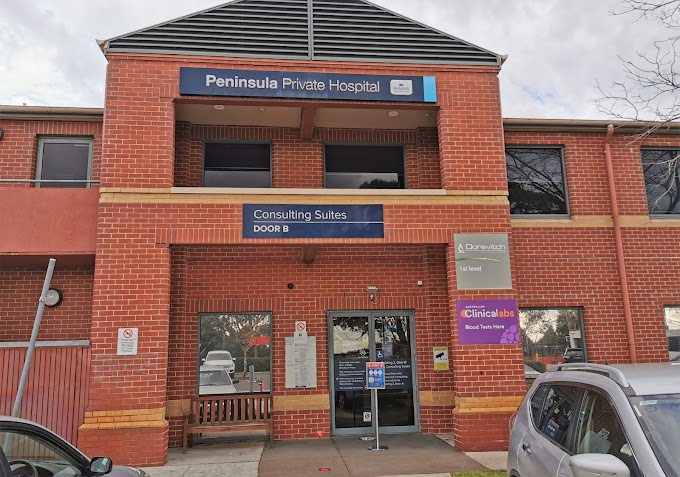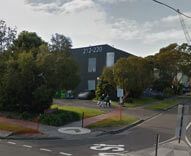Face Lift (Rhytidectomy)
There are many changes in facial appearance that occur as a result of aging. Our knowledge about aging of the face shows that it is not only the facial skin that changes in aging but also the underlying structural support of the face. This means that aging is a structural process not only superficial. As the underlying support of the facial skin weakens and becomes lax there is a visible change in the facial shape, which is evident of facial aging. It is these changes that lead to the look of tiredness due to deepening of the nasolabial folds and development of jowls due to relaxation of the cheek supportive structures. Also there is development of facial expression lines (rhytids) particularly around the eyes and the mouth, which can give a permanent unhappy facial appearance.
It is a very big decision to undergo facial rejuvenation surgery and as there are quite a number of different surgical procedures available it is important to discuss with your surgeon which might be the most applicable in your situation. This will depend on the age related facial changes that have occurred in your situation. This will relate to your skin quality, distribution of facial expression lines, underlying structural laxity and most importantly your age at the time of facial surgery. Dr Ross will discuss the various options relating to facelift surgery that would be applicable in your situation. Of course there are a variety of non-surgical facial rejuvenation techniques available as well and Dr Ross will advise if they may be of benefit in your situation as a primary treatment modality or as an adjunctive treatment in conjunction with surgical treatment. In general, Dr Ross usually undertakes one of two different types of facelift procedure, the minimal access suspension facelift, which is applicable for younger patients or the complete composite facelift which is applicable for more advanced age related facial changes.
Minimal access suspension facelift
This a relatively quick day surgery procedure that has greatest benefit to patients between the age of 40 and 55 years, who are hoping to eliminate mild to moderate age related facial changes. These would include results of midfacial ptosis (cheek droop), which include the development of deep nasolabial folds, marionette lines and jowl formation at the jawline. Evidence of these features is reduced following this procedure, creating a subtle but refreshing rejuvenating effect on the facial appearance.
The procedure is performed under general anaesthesia, via incisions in front of the ear and sideburn area of the temple. The procedure usually takes about 2-3 hours. The structures of the midface are tightened and resuspended, countering the gravitational effects causing the age related changes. In this procedure surgical dissection of the face is minimized and therefore the healing and recovery are quite quick. Most patients are back to their normal activities within one week and all evidence of their surgery has usually gone by two weeks leaving them with a refreshed and rejuvenated facial appearance.
Complete composite facelift
This is a more involved facial rejuvenation procedure to correct or minimize more established age related changes in the face. As opposed to the minimal access procedure, the complete composite facelift addresses all the facial structures at different levels. It also addresses the age related changes affecting the neck as well as the midface. Although this procedure is technically more challenging it does achieve a natural refreshed facial appearance. Its greatest benefit is that the effect of this type of facelift will last for many years longer than other old fashioned skin only type facelifts. This procedure is best undertaken in patients over the age of 50 years and is commonly performed in combination with other facial rejuvenation procedures, such as blepharoplasty, browlift, fat transfer and laser skin regeneration. The procedure commonly takes 3-4 hours but may be longer if other ancillary procedures are undertaken at the same time.
Under general anaesthesia, exposure of the midface and neck is achieved by a preauricular incision which is extended into the temporal hairline anteriorly and around behind the ear and into the hairline over the mastoid posteriorly. These scars heal to be virtually inconspicuous within 3 months in most cases. In this deeper plane facelift procedure the platsyma muscle of the neck and the deep fascia of the face is dissected, tightened and resuspended. This technique removes all pull from the facial skin to allow a natural, tension free closure and resultant inconspicuous scar. Following the procedure, 1-2 nights in hospital is usually recommended to allow rest and minimize postoperative bruising and swelling. Sutures are usually removed after 5-7 days and most swelling has usually dissipated by 10-14 days. The majority of patients are able to return to their normal activities and work after 14 days.
It is important to understand that all surgery does have some risk and this is true also for facelift surgery. It is important to ensure that your surgeon is suitably qualified and experienced to undertake your facelift procedure and this should reduce your risk. Most patients report that the procedure is not particularly painful but any pain can be controlled effectively with analgesia. Some bruising and swelling is virtually inevitable after this procedure however this should settle quite promptly in the postoperative period. Numbness and tightness in the face is common but usually settles in the first 2-3 months following the surgical procedure. Other complications such as haematomas, infections and delayed wound healing also can occur but are rare. Weakness of facial muscles can also occur on occasions. In the majority of cases this is temporary and will resolve in a couple of days or weeks, however rarely it is permanent.
It is a difficult decision to decide to proceed with facelift surgery however many patients find it to be a life changing result which can enhance their self confidence and self esteem. If you are considering this type of surgery or have any queries about the information provided here I suggest you contact our office to arrange a consultation with Dr Ross.
Click here for printable PDF version of article




